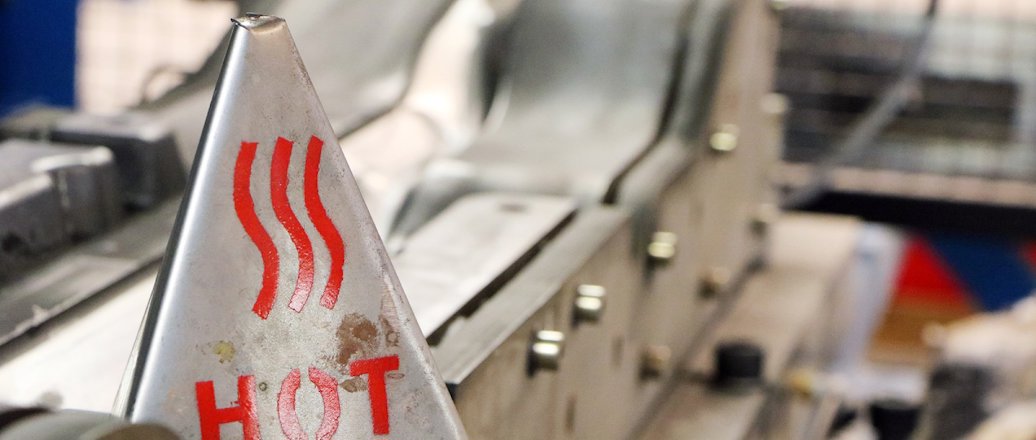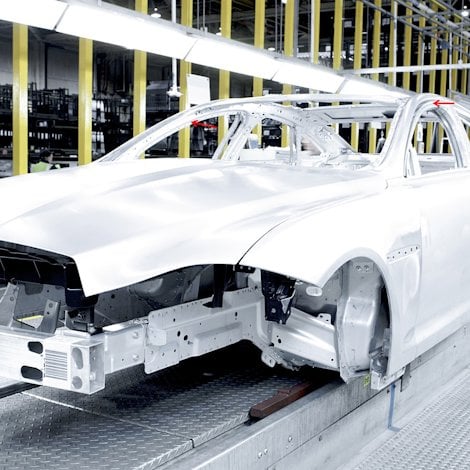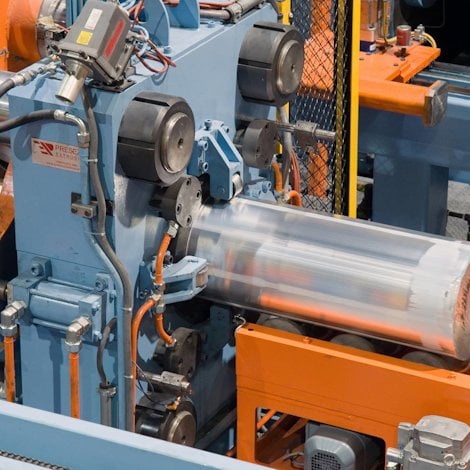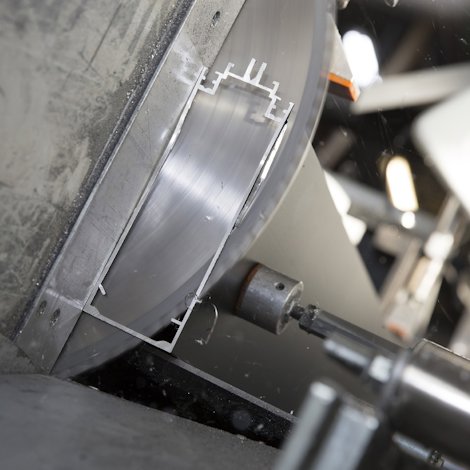Function integration with hot metal gas forming
Hot metal gas forming gives a very different design freedom compared with other processes (except welding a lot of pieces together), therefore the structure can be built more compact and with more functionality per unit weight.
Function integration as a development strategy has probably been one of the more important aspects of automotive product development through history, and hot metal gas forming (HMGF) helps make even more of that feasible.
In practice, these extrusion-based, re-formed pieces of metal might sometimes compete with castings in terms of shape freedom, yet with a palette available of quite interesting and very different alloys, compared to the average casting. Effectively, it opens several new doors for the designer.
Let’s consider it from a slightly different angle. Let’s talk about our weak spots for a minute. We, the aluminium people, know just as well as any educated engineer that a low Young’s modulus (stiffness) leads to a large springback upon forming, and a large springback tends to worsen geometrical tolerances.
Aluminium has a low Young’s modulus compared to many other metals, and therefore this is one of our challenges. More so the harder materials we develop (yes, hardness and stiffness are different things). Our customers in the automotive industry know this very well, and yes this is a soft spot.
Another challenge we face is strength. We all know that high-strength steels beat any aluminium alloy by plenty. This will not change any time soon (and yes, there will always be cases where steel is the right choice).
Finally, aluminium tends to have a slightly stiffer price than many steels.
Design freedom with HMGF process
All these things are challenges for designers who are looking for ways to really decrease weight, and that’s where the magic of HMGF come in – this process more or less eliminates all these hurdles. The tolerance issue through the basic nature of the forming process … with the amount of strain we are looking at here, there will be virtually no memory of the original shape and hence the springback is close to nothing. The strength issue goes away through the design freedom HMGF gives, and the price issue through the potential for function integration. And all these effects come on top of each other – no need to compromise, no sacrifices necessary! All you need is a creative design.
So, trying to solve a problem of ours, we seem to have solved some for our customers, too. Now, as in any metallurgical process, nature provides us with plenty of homework that need to be done. HMGF is no exception. We need to control impurities, microstructure, crystallography, undesirable tool interaction and all the rest of it. But that’s our job – let us help you do yours.








